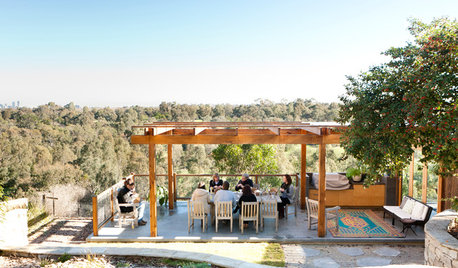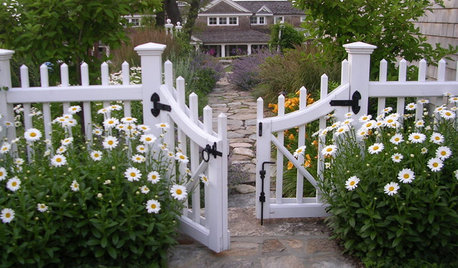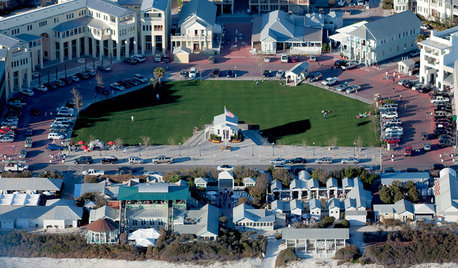UMass Extension Landscape Message June 14, 2013
"Landscape Turf
Agronomy
Big Rain
The lead story now is the sustained, often heavy rainfall that the region has received in recent days. Most areas have received enough precipitation to make the dry conditions that characterized the start of the growing season a distant memory. Although the rain will leave most sites in good shape heading into the stressful summer period, it is possible to have too much of a good thing. The following are some examples of issues that can pop up during times of prolonged rainfall:
Soil Compaction - " Compaction is the compression of the soil in the turf rootzone by forces such as foot traffic, vehicles, or equipment; resulting in loss of valuable pore space and greater soil hardness. Compaction is a chronic phenomenon that progresses over time, and increasing compaction invites a range of problems including root inhibition, reduced gas exchange with the atmosphere, decreased infiltration and drainage, and encroachment of weeds that compete more effectively on compacted soils. Management of compressive forces is especially important whenever soils are wet, as the water essentially ‘lubricates’ the soil particles and can dramatically accelerate the development of compaction.
Nutrient Management - " Lengthy periods of wet weather can have significant effects on the annual fertility program. Persistent and sometimes heavy rainfall can lead to leaching and runoff of nutrients, which leaves less nutrition available in the soil nutrient pool and is undesirable from an environmental standpoint. This is especially true for programs that use a high percentage of water soluble nitrogen or turf grown on sand-based root zones, but the performance of slow- or controlled-release fertilizer materials can be altered as well. Visual monitoring of the appearance and vigor of turf both during and after rainy periods is normally sufficient to determine if adjustments to the fertility program are needed.
Red Thread and Rust - " These diseases are perennial complaints when the weather turns rainy, cloudy and cooler for an extended period of time. Red thread and rust diseases are especially common on shaded, lower-maintenance or slower-growing turf areas, but can occur even on more intensively managed sites when conditions are especially conducive to disease. Although the aesthetic disruption can be problematic in the short term, these diseases seldom lead to lasting damage and the turf will typically grow out when conditions improve. Intervention, including fungicide applications, is seldom warranted or necessary in on most sites, but light applications of soluble nitrogen can sometimes speed recovery in high-value settings.
Mushrooms - Mushrooms are a common sight in turf areas during wet weather. Mushrooms in general tend to be a minor nuisance, but the specific reaction to their presence can vary from case to case. Some are concerned with the aesthetic disruption, while others worry that children or pets may handle or ingest a toxic variety. Although usually unnecessary, complete eradication of mushrooms can be challenging and fungicide intervention is seldom productive. In most instances, the appearance of mushrooms ebbs and flows depending upon the amount and duration of moisture, thereby keeping their presence reasonably tolerable. If expectations dictate, hand picking, raking, or even regular mowing events are often enough to stay ahead of mushrooms during wet weather.
Submerged Turf - Turf submersion under water is normally a concern for flood plain areas, lake and stream banks or drainage swales. With intense rainfall, however, the threats posed by flooding can extend to a much wider range of sites. The survival of turfgrasses under water is a function of several factors including the turfgrass species, the duration of submergence, and the temperature. In general, the warmer the water and/or the longer the longer the submergence, the greater the potential for injury. As species are concerned, creeping bentgrass has excellent submersion tolerance followed by tall fescue, Kentucky bluegrass and perennial ryegrass, with the fine leaf fescues rounding out the poor end of the spectrum.
Report by Jason Lanier, Extension Educator, UMass Extension Agriculture & Landscape Program"
Claire


















claireplymouth z6b coastal MAOriginal Author
Related Professionals
Rancho Cordova Landscape Architects & Landscape Designers · Buford Landscape Contractors · Stamford Landscape Contractors · Bloomington Landscape Contractors · Dickinson Landscape Contractors · La Verne Landscape Contractors · Salem Landscape Contractors · Webster Groves Landscape Contractors · Bethany Decks, Patios & Outdoor Enclosures · Del City Decks, Patios & Outdoor Enclosures · Hampton Bays Decks, Patios & Outdoor Enclosures · Little Rock Decks, Patios & Outdoor Enclosures · Mobile Decks, Patios & Outdoor Enclosures · Royal Oak Decks, Patios & Outdoor Enclosures · Pleasant Grove Decks, Patios & Outdoor Enclosures